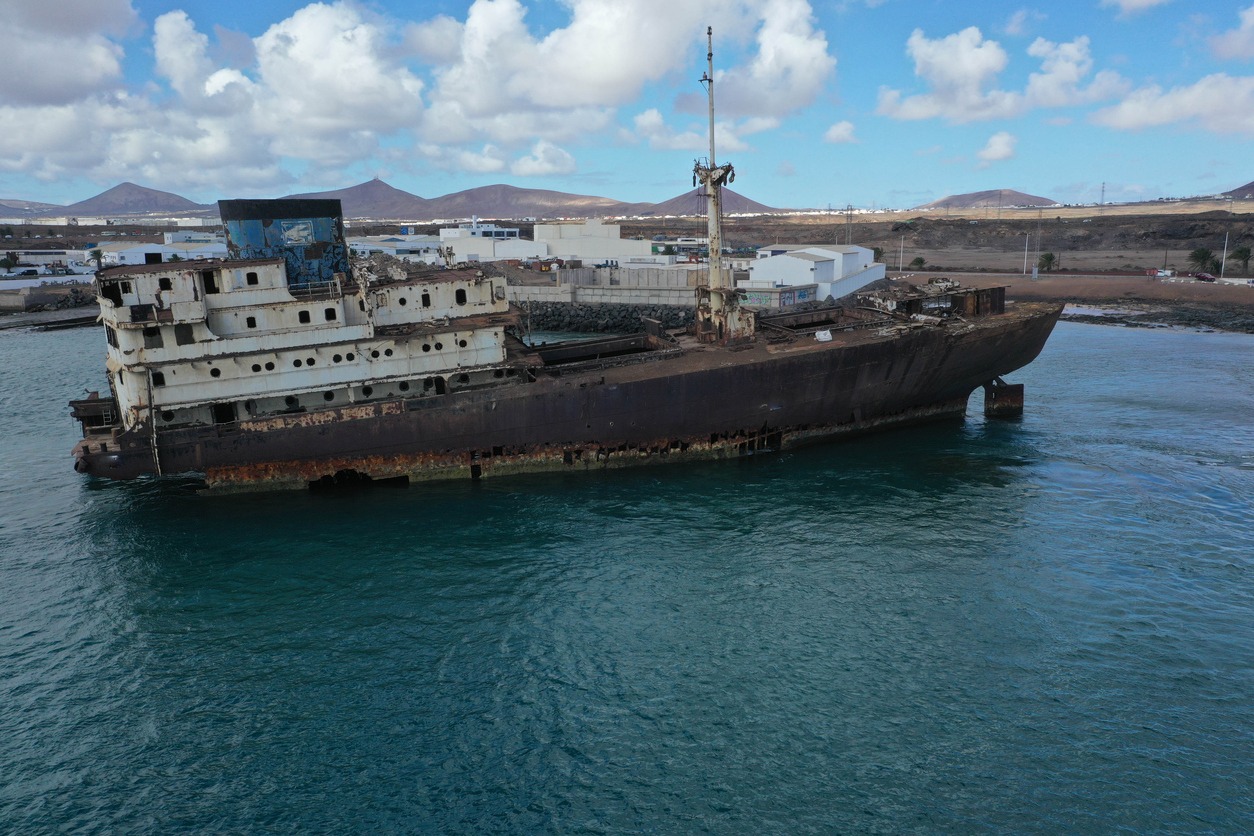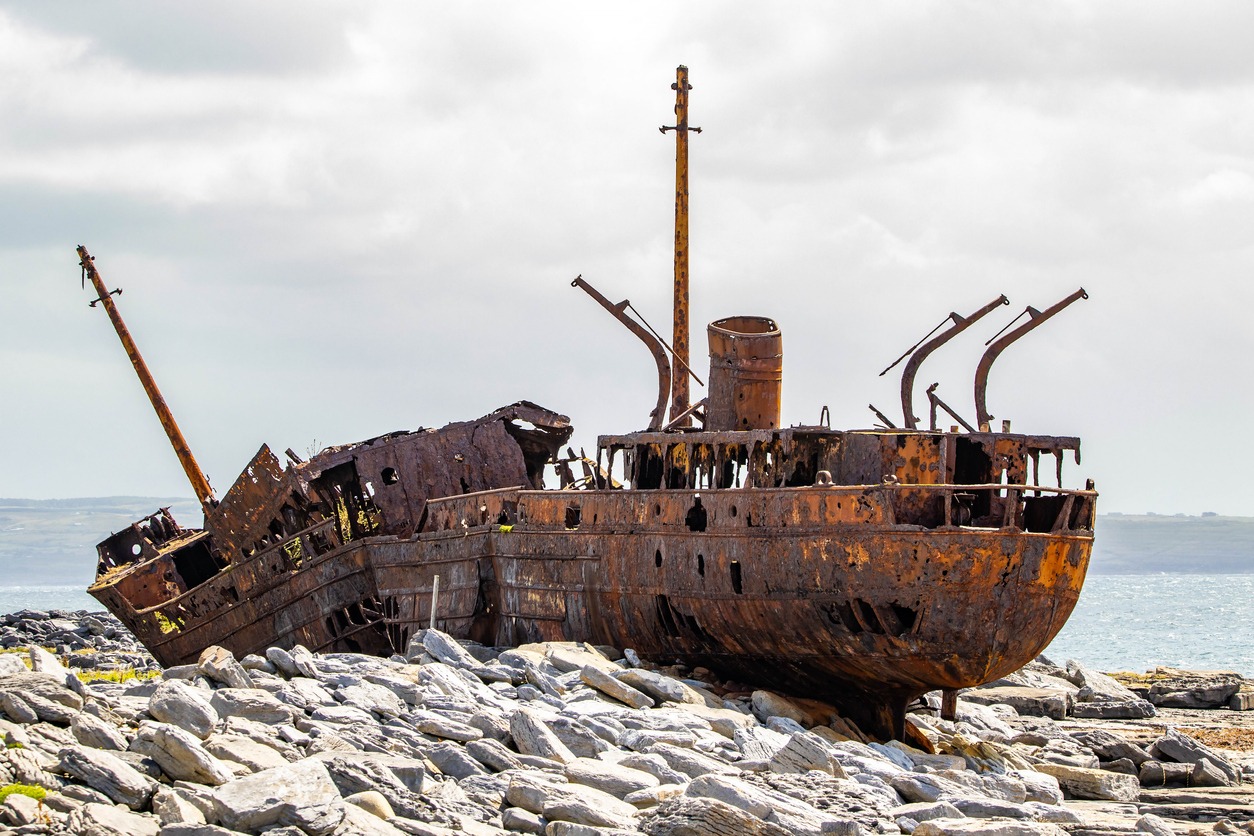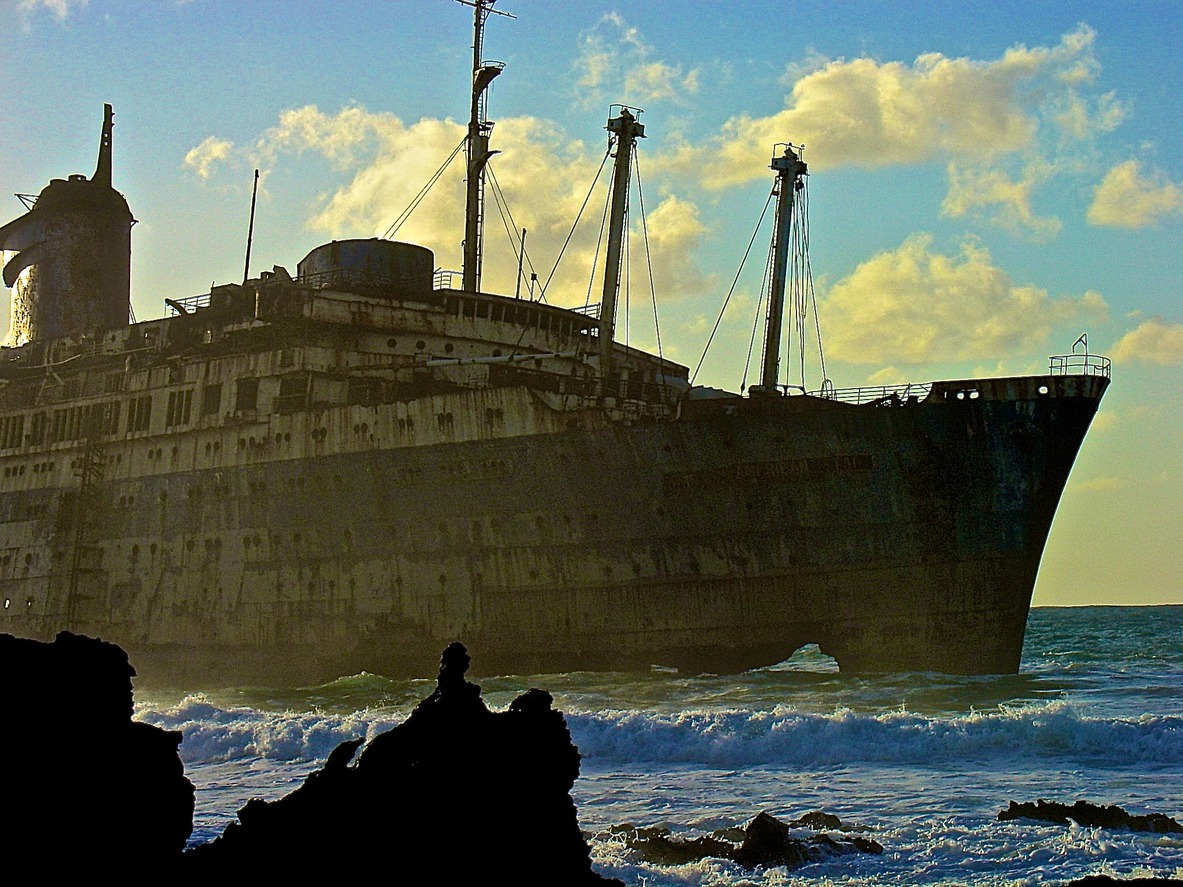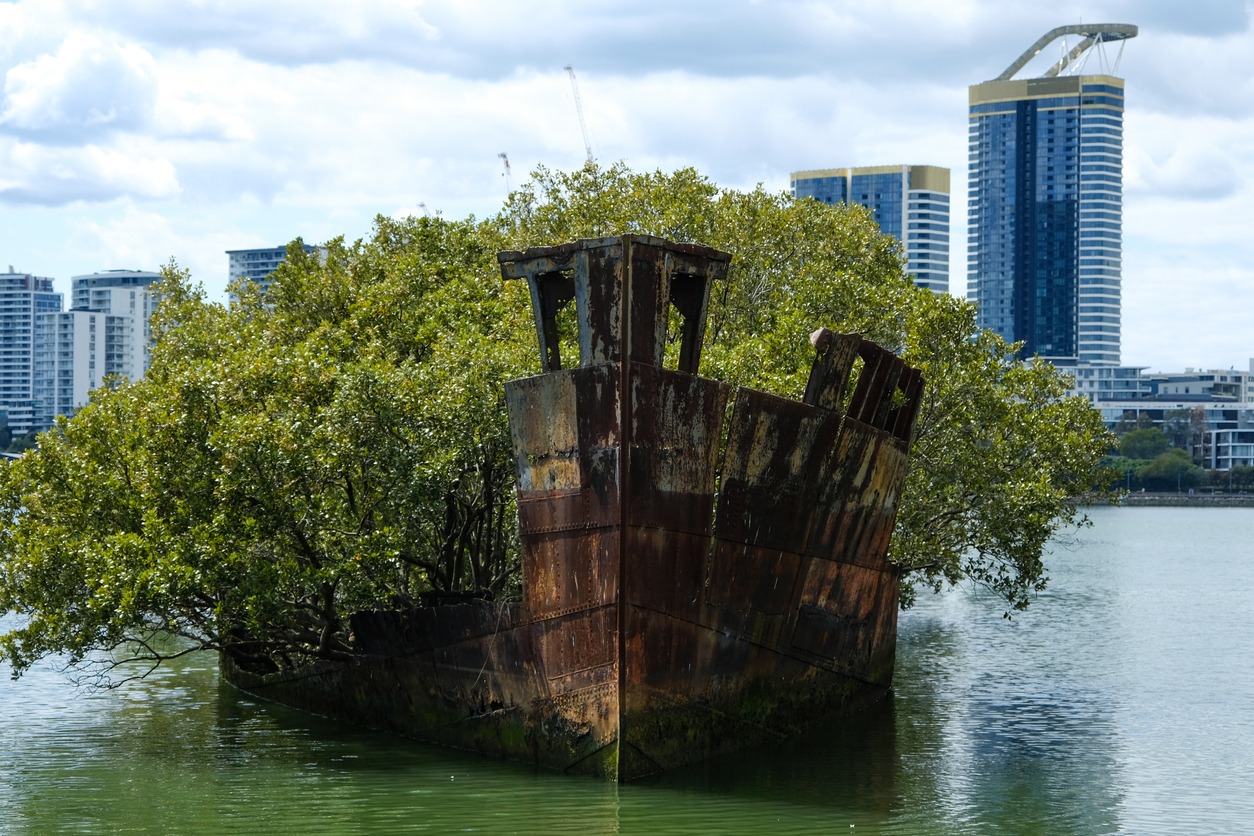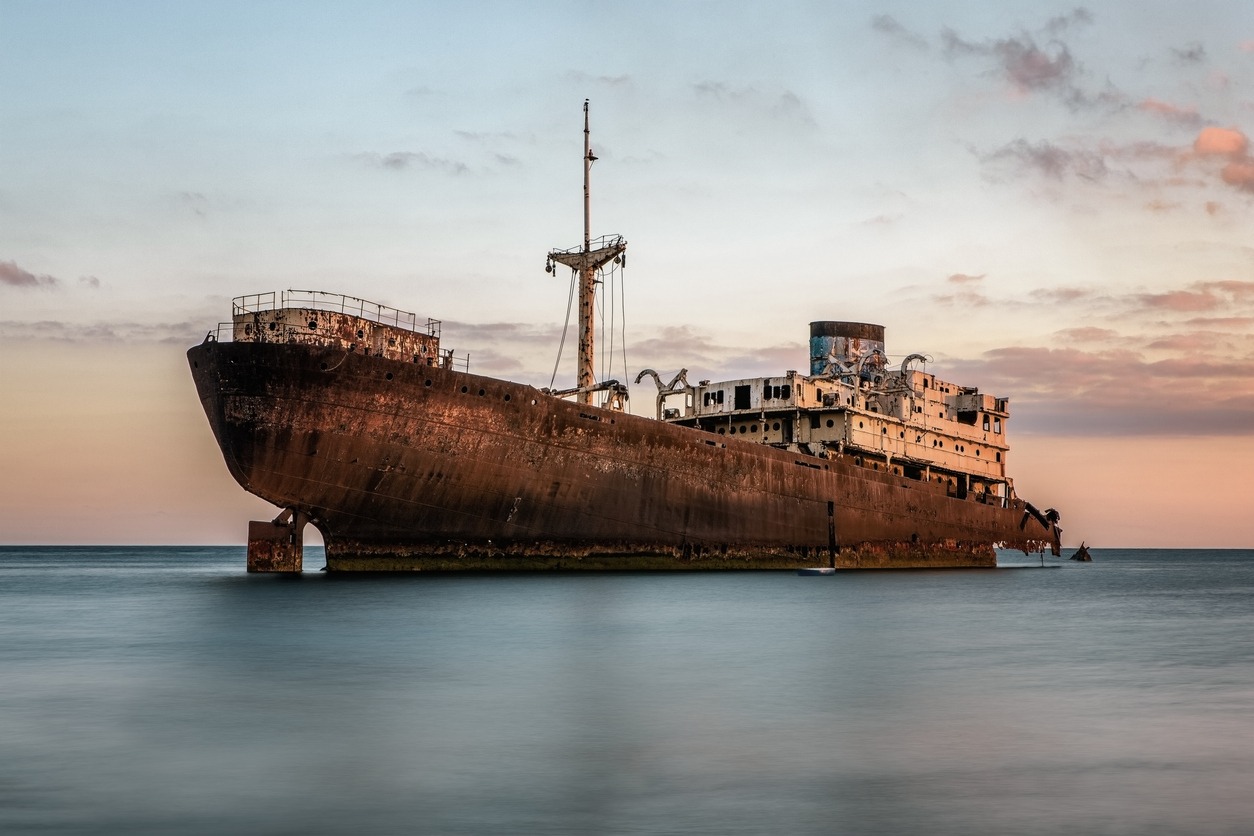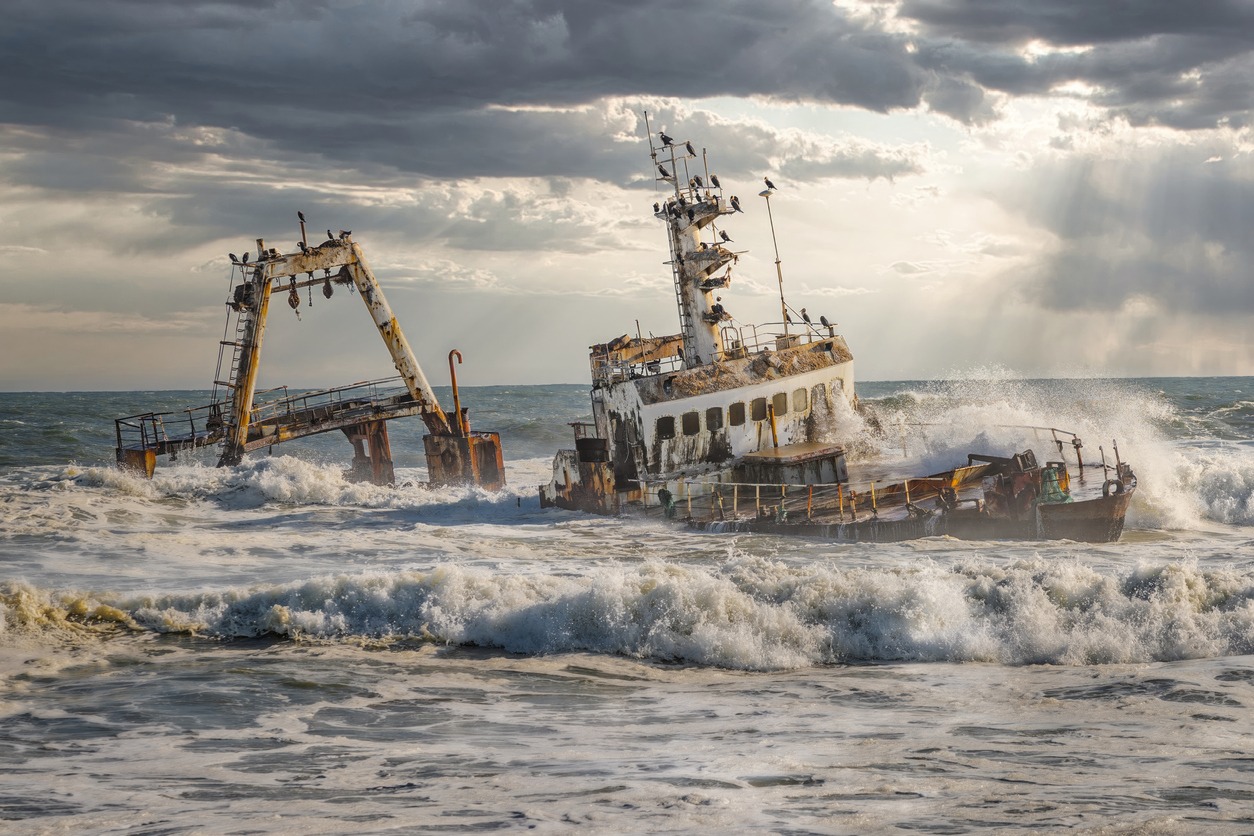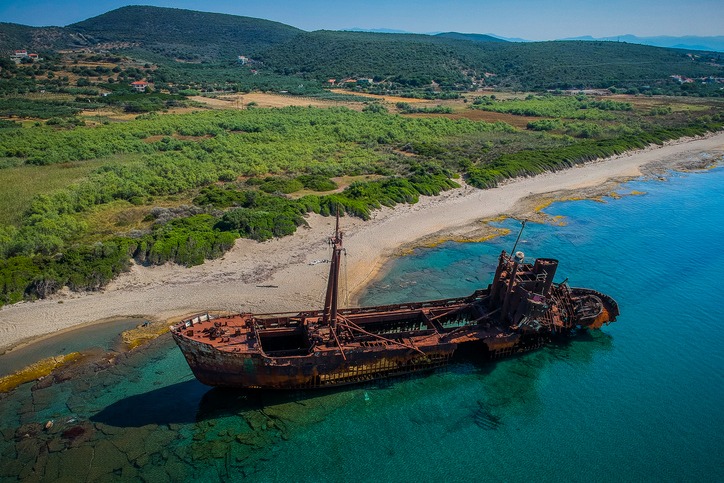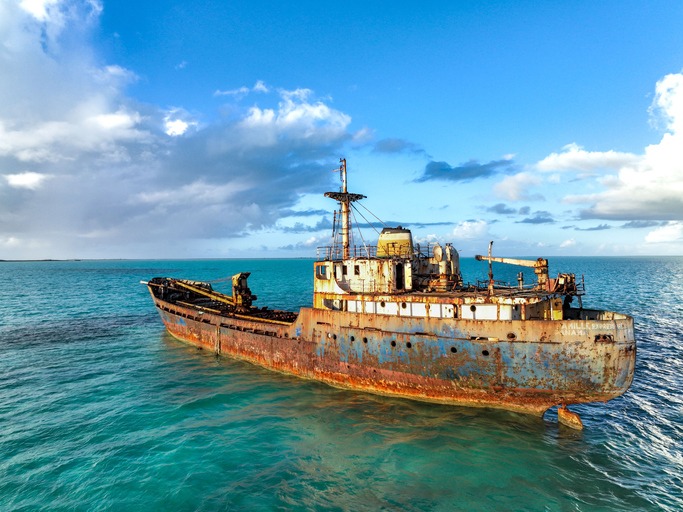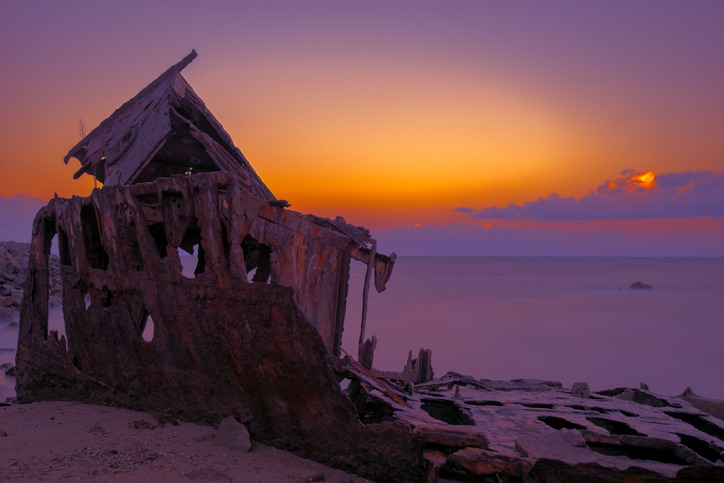Throughout history, the seas have been a stage for human exploration, trade, and sometimes tragedy, with ships playing the leading role in these maritime endeavors. However, there’s a less-told yet equally captivating aspect of naval history: the story of abandoned ships. These maritime giants, once masters of the oceans, now forgotten and left to the mercy of the waves and time, have stories as deep and vast as the seas they once traversed. From sunken warships resting in the depths of oceans to forsaken freighters on deserted beaches, each abandoned ship carries within it a narrative of its past life, the circumstances that led to its abandonment, and the impact it has on the environment and local communities.
In this article, we delve into the world of these maritime castaways, exploring the varied and often surprising reasons behind their abandonment. Whether you’re a maritime enthusiast, a history lover, or just someone drawn to the mysteries of the deep, these abandoned ships are sure to captivate your imagination. All aboard as we embark on this journey to uncover the secrets of the world’s abandoned ships!
MV Plassy, Aran Islands, Ireland
The story of the MV Plassy on the Aran Islands in Ireland is quite a tale, steeped in maritime lore and a bit of TV fame. The MV Plassy, a cargo vessel, was battling a fierce storm back in 1960 when it was unfortunately swept onto the rocks of Inis Oírr, the smallest of the Aran Islands. The local islanders heroically rescued the entire crew, which is a testament to the tight-knit community and their bravery.
Over time, the sea’s relentless power pushed the ship further inland, and now it rests there, a stoic monument against the rugged Irish landscape. The ship, with its rusting hull, has become a bit of a celebrity in its own right. If you’re a fan of the classic sitcom “Father Ted,” you might recognize the MV Plassy from the opening credits. It’s become a quirky landmark for visitors to the island, offering a unique glimpse into the island’s history and the unpredictable nature of the sea.
SS America, Fuerteventura, Canary Islands
The SS America, later known as the SS American Star, was originally launched as a luxury ocean liner in 1940. It was the epitome of elegance and style, serving the rich and famous across the Atlantic. After several decades and a few name changes, she ended her service and was sold with the intention of being transformed into a floating hotel in Thailand. However, fate had other plans. While being towed to her final destination in 1994, a violent storm hit, severing the tow lines, and the ship drifted helplessly until it ran aground off the coast of Fuerteventura in the Canary Islands.
What followed was a slow, poignant transformation as the once grand vessel was gradually claimed by the sea. Over the years, the wreck of the American Star became a hauntingly beautiful spectacle, her majestic structure slowly crumbling under the Atlantic’s relentless assault.
SS Ayrfield, Homebush Bay, Australia
Have you ever heard the story of the SS Ayrfield in Homebush Bay, Australia? This ship, originally launched in 1911 as the SS Corrimal was a hefty steel-hulled steamship that dutifully served as a transport vessel during World War II. But here’s where it takes a turn into the unusual. After serving its purpose for many years, the SS Ayrfield was retired in Homebush Bay, which was sort of a ship graveyard at the time.
Now, you might think that’s the end of its story, but nature had a different plan. Over the years, the ship has become a floating forest. A mangrove forest has taken root in the rusting hulk of the old ship, creating this surreal, almost post-apocalyptic scene. It’s as if the ship has been reborn, transformed into this unique blend of industrial heritage and natural wonder. Today, the SS Ayrfield, with its trees growing where sailors once stood, has become a popular and photogenic spot, attracting visitors and photographers from all over.
The Temple Hall (later named Telamon), Lanzarote, Canary Islands
This ship, known as the Temple Hall (later renamed Telamon), met its peculiar fate in 1981. While en route to Thessaloniki, Greece, it encountered structural issues at sea and was towed to the port of Arrecife, Lanzarote. But here’s the twist: during a storm, the ship ran aground and was left stranded just off the coast. Now, it’s an iconic part of the Lanzarote shoreline, slowly rusting away under the relentless Atlantic sun.
The Telamon, with its massive, rusted frame jutting out of the shallow blue waters, has become something of a local landmark. It’s a hauntingly beautiful sight and a favorite among photographers and curious visitors alike. The ship, in its still and silent state, tells a tale of the sea’s unpredictable nature and serves as a stark yet oddly harmonious addition to the rugged beauty of Lanzarote’s coast.
The Zelia, Skeleton Coast, Namibia
The Zeila, a fishing trawler, found its unfortunate fate in 2008. It was being towed to India for scrapping when it became stranded off the coast of Namibia, not far from Swakopmund. Now, this area, known as the Skeleton Coast, is infamous for its treacherous seas and dense fog, and it certainly lived up to its reputation with the Zeila. What’s fascinating about this shipwreck is how quickly it became a part of the Skeleton Coast’s landscape.
The harsh, arid conditions and the relentless battering of the Atlantic Ocean have left the Zeila in a ghostly, rusted state, creating a stark contrast against the backdrop of the desert meeting the sea. It’s become a hauntingly beautiful sight and a magnet for photographers and adventurers.
The Dimitrios, Greece
The Dimitrios is a shipwreck that’s become something of a legend in Greece. This mysterious ship, found on the shores of Gythio in the Peloponnese, has sparked curiosity and folklore for years. The story goes that this small cargo ship was abandoned in 1981 under rather mysterious circumstances. Some say it was involved in cigarette smuggling and was purposely left there by its crew when they were caught by authorities. Others tell a tale of a ghost ship mysteriously appearing one day without a crew or cargo.
Now, whether these stories are true or just local legends, nobody really knows for sure. What’s undeniable, though, is the eerie allure of The Dimitrios. It sits there on the beach, partially submerged in the sea, rusting away and looking like a scene straight out of a pirate movie. It’s a photographer’s dream and a magnet for curious tourists.
La Famille Express, Turks and Caicos Islands
Originally, this vessel was a Soviet naval ship, but it later turned into a cargo freighter. Its final journey, however, was anything but ordinary. In 2004, during Hurricane Frances, La Famille Express was torn from its anchorage and eventually ran aground off the coast of the Turks and Caicos.
Imagine a massive, steel ship stranded in shallow, crystal-clear Caribbean waters, surrounded by white sandy beaches and tropical beauty. It’s a stark contrast and a sight that has turned the ship into a bit of a local celebrity. What’s really fascinating is how it’s become an integral part of the seascape – a popular spot not just for curious onlookers from the shore but also for snorkelers and divers exploring its nooks and crannies underwater. The ship, with its towering presence, has created an artificial reef of sorts, attracted marine life, and become part of the ecosystem.
The HQMS Gayundah, Australia
The HMQS Gayundah, a ship with a story as rich as it is intriguing, is nestled on the shores of Woody Point in Queensland, Australia. This vessel, launched way back in 1884, boasts a storied past, serving first as a warship for the Queensland Maritime Defense Force and later the Royal Australian Navy. Imagine a ship built for battle, patrolling the coast and playing a pivotal role in Australia’s naval history. But that’s not where her journey ends. After her military days were over, the Gayundah was repurposed as a sand and gravel barge, a dramatic shift from her former life.
Eventually, though, time caught up with her. In 1958, she was retired and intentionally ran aground at Woody Point to serve as a breakwater. Today, what remains of the HMQS Gayundah is a hauntingly beautiful rusting hulk, slowly being reclaimed by the sea. It’s become a kind of accidental monument, capturing the imagination of locals and tourists alike.
Conclusion
And that wraps up our journey through the intriguing world of abandoned ships, each with its own unique story etched into rusting hulls and decaying decks. They’re living chapters of history, silent witnesses to the ever-changing narratives of the sea. As we’ve discovered, every abandoned ship has a tale to tell, hether it’s a story of adventure, a testament to past conflicts, or a reflection of technological evolution. These vessels, now at rest in their final docking places, continue to captivate us with their mysterious allure and serve as poignant reminders of the relentless passage of time.
Exploring abandoned ships leads to wonders about their origins and the oldest ships ever found. What Are the Oldest Ships Ever Discovered? shares stories of ancient ships found by archaeologists, taking you further back in time to the beginnings of seafaring.

